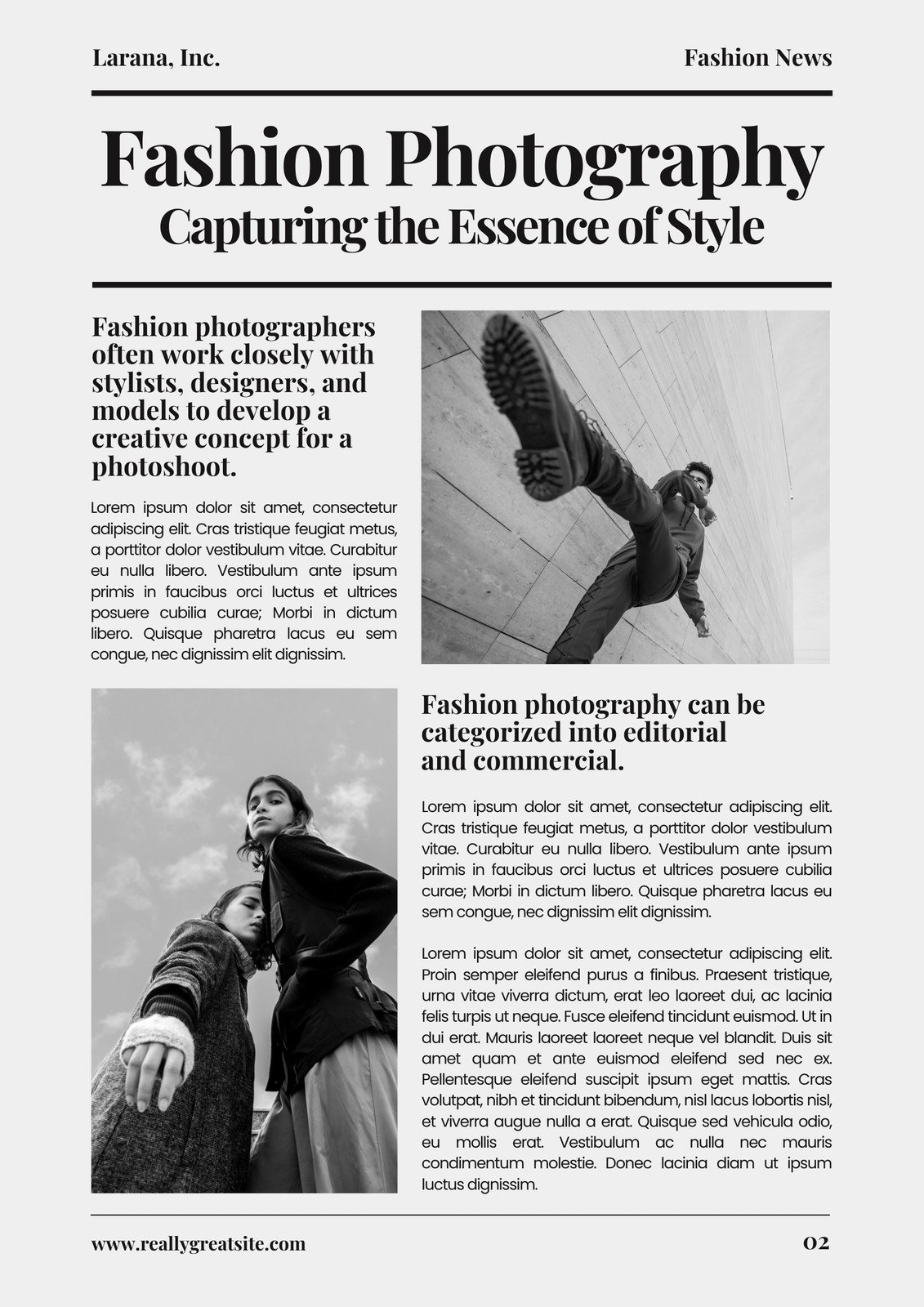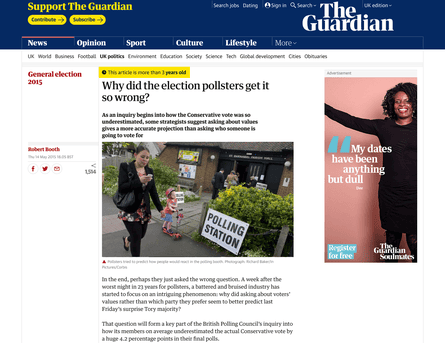The Main Principles Of News Articles
The Main Principles Of News Articles
Blog Article
News Articles Fundamentals Explained
Table of ContentsThe Ultimate Guide To News ArticlesNews Articles Things To Know Before You BuyThe Single Strategy To Use For News ArticlesSome Ideas on News Articles You Need To KnowAbout News Articles
Excellent expertise of different subjects provides students an one-upmanship over their peers. Even though digital and social networks are easily obtainable, we must not forget exactly how vital it is to read the papers. Parents need to attempt and inculcate the routine of reading a newspaper as a day-to-day regimen to continue the heritage of the revered print tool.Information tales additionally contain at least one of the adhering to crucial qualities family member to the intended audience: proximity, prominence, timeliness, human passion, oddity, or repercussion.
Within these restrictions, information stories likewise intend to be comprehensive. Amongst the bigger and much more revered papers, justness and balance is a major aspect in offering info.
Papers with an international audience, as an example, tend to utilize a much more formal design of creating. The certain selections made by an information electrical outlet's editor or editorial board are often gathered in a design guide; usual design guides include the and the US News Design Book. The main objectives of news writing can be summed up by the ABCs of journalism: accuracy, brevity, and clearness.
3 Simple Techniques For News Articles
As a regulation, reporters will certainly not utilize a lengthy word when a brief one will certainly do. News writers attempt to stay clear of making use of the same word a lot more than as soon as in a paragraph (sometimes called an "resemble" or "word mirror").
Headings often leave out the topic (e.g., "Jumps From Boat, Catches in Wheel") or verb (e.g., "Cat woman fortunate"). A subhead (likewise subhed, sub-headline, subheading, subtitle, deck or dek) can be either a secondary title under the major heading, or the heading of a subsection of the post. It is a heading that comes before the main text, or a group of paragraphs of the major text.
Added billboards of any of these kinds may show up later on in the short article (specifically on succeeding pages) to attract further analysis. Such billboards are likewise utilized as pointers to the post in various other sections of the publication or site, or as ads for the item in other magazine or websites. Regular structure with title, lead paragraph (summary in bold), various other paragraphs (details) and contact information.

Instance of a hard-lead paragraph NASA is suggesting another space project. The click to find out more firm's spending plan demand, revealed today, consisted of a strategy to send out one more mission to the Moon. This time the firm really hopes to establish a lasting facility as a jumping-off place for various other area experiences. The budget demands around $10 billion for the job.
The NASA announcement came as the agency requested $10 billion of appropriations for the task. An "off-lead" is the 2nd most important front web page information of the day. The off-lead shows up either in the leading left edge, or directly below the lead on the right. To "bury the lead" is to begin the article with background details or information of additional importance to the viewers, forcing them to learn more deeply into an article than they must have to in order to find the vital points.
Not known Facts About News Articles
Usual usage is that one or 2 sentences each create their own paragraph. Journalists typically explain the organization or structure of a newspaper article as an inverted pyramid. The essential and most interesting elements of a story are placed at the start, with sustaining information adhering to in order of lessening significance.
It enables individuals to check out a topic to only the depth that their inquisitiveness takes them, and without the charge of information or subtleties that they might think about unnecessary, but still making that information offered to a advice lot more interested viewers. The upside down pyramid structure likewise allows articles to be trimmed to any kind of approximate size during design, to suit the space offered.
Some authors start their stories with the "1-2-3 lead", yet there are many kinds of lead offered. A kicker can refer to numerous points: The last tale in the information broadcast; a "pleased" story to end the show.
Longer write-ups, such as publication cover short articles and the pieces that lead the within areas of a paper, are called. Feature stories differ from straight news in several ways. Foremost is the lack of a straight-news lead, many of the moment. As opposed to providing Click Here the significance of a story in advance, attribute writers might attempt to draw readers in.
Not known Details About News Articles
The journalist often details interactions with interview subjects, making the item more personal. A feature's first paragraphs frequently connect a fascinating moment or occasion, as in an "unscientific lead". From the particulars of an individual or episode, its view quickly widens to abstract principles concerning the tale's subject. The area that signals what a function has to do with is called the or signboard.

The Editor's Toolbox: A Referral Guide for Beginners and Professionals (2001) Allan M. Siegal and William G. Connolly. The New York Times Handbook of Design and Usage: The Official Design Guide Utilized by the Writers and Editors of the Globe's Many Reliable Paper (2002) M. L. Stein, Susan Paterno, and R.
Report this page